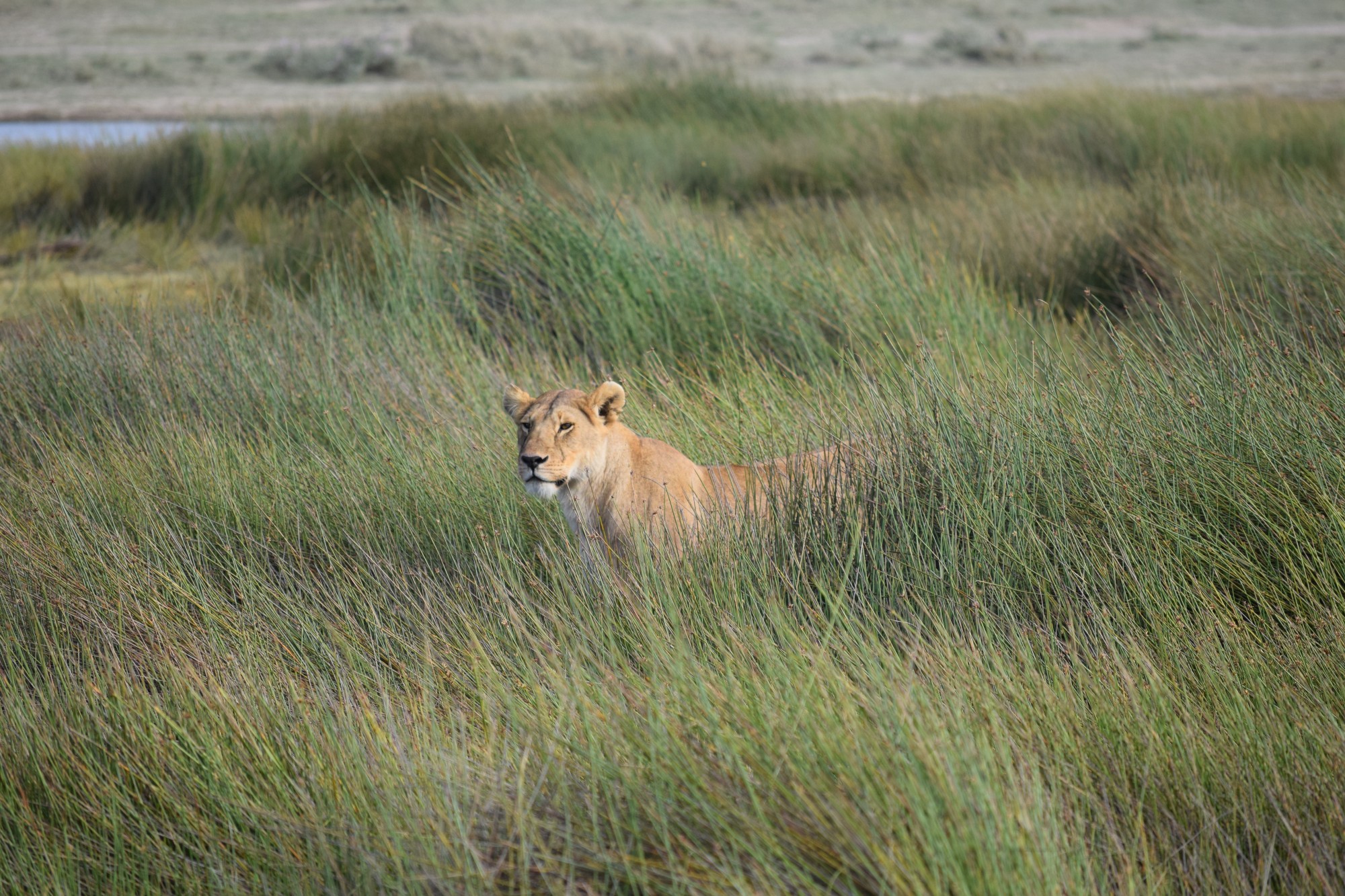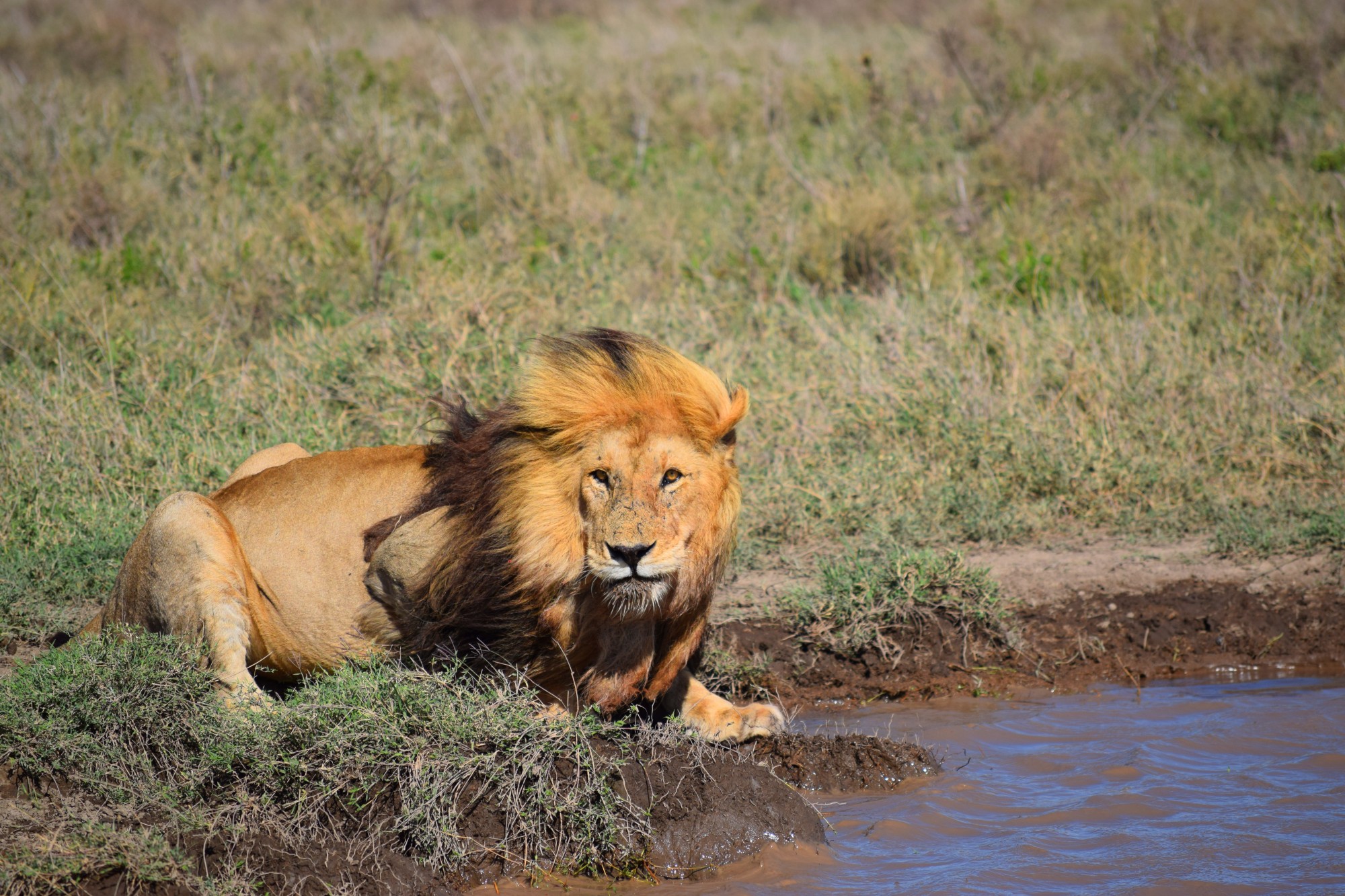Travel
The Lions of the Serengeti: Exploring Africa’s Apex Predators
By Bruce Berns · December 2, 2024

The Lions of the Serengeti
Few sights are as awe-inspiring as a pride of lions moving gracefully through the vast Serengeti grasslands. Revered as "kings of the wild," these apex predators play a crucial role in maintaining the ecological balance of one of Earth’s most iconic landscapes.The Serengeti, a haven of biodiversity, is not just a backdrop for the lions’ majestic lives but a dynamic stage where social hierarchies, hunting strategies, and survival tactics unfold. This article delves into the intricate lives of lions, exploring their social structures, predatory behaviors, and the challenges they face in an evolving ecosystem. From the nurturing care of lionesses to the strategic prowess of a pride’s hunt, uncover how these magnificent creatures thrive amidst the grandeur of the Serengeti.
Join us as we embark on an unforgettable journey into the heart of lion territory. Bruce H. Berns / Nostalgic America, Inc.

The Lions Hunt
Lions in Tanzania’s Serengeti roam vast grasslands, embodying the wild’s untamed spirit.As apex predators, they hunt wildebeest, zebras, and gazelles, often during the Great Migration. Bruce H. Berns / Nostalgic America, Inc.

Living in prides
Living in prides, they showcase remarkable social dynamics. These majestic creatures play a vital ecological role, balancing prey populations and enriching the Serengeti’s biodiversity. Bruce H. Berns / Nostalgic America, Inc.
Majestic Predators of Africa
The Lions of the Serengeti: Majestic Predators of AfricaThe Serengeti, one of the most iconic ecosystems in the world, is home to an array of wildlife, but none are as emblematic of its grandeur as the lion (Panthera leo). Bruce H. Berns / Nostalgic America, Inc.
The lions dominate the plains of the Serengeti
Known as the "king of beasts," lions dominate the plains of the Serengeti with their majestic presence and complex social structures. Bruce H. Berns / Nostalgic America, Inc.
They play a vital role in maintaining ecological balance
These apex predators play a vital role in maintaining ecological balance while captivating the imagination of scientists, tourists, and storytellers alike. Bruce H. Berns / Nostalgic America, Inc.
The Serengeti: A Lion’s Kingdom
In this comprehensive exploration, we delve into the lives of lions in the Serengeti, examining their habitat, behavior, social structure, hunting strategies, and the challenges they face in an ever-changing landscape. Bruce H. Berns / Nostalgic America, Inc.
Geography and Habitat
The Serengeti ecosystem spans approximately 30,000 square kilometers, stretching across northern Tanzania and into southwestern Kenya, where it merges with the Maasai Mara National Reserve. Bruce H. Berns / Nostalgic America, Inc.
The Serengeti provides an ideal habitat for lions
This vast expanse of grasslands, woodlands, and savannas provides an ideal habitat for lions, offering ample prey and open landscapes conducive to their hunting strategies. Bruce H. Berns / Nostalgic America, Inc.
Lions adapt to their territories
Seasonal changes influence the movement of prey, requiring lions to adapt their territories and hunting tactics accordingly. Bruce H. Berns / Nostalgic America, Inc.
Biodiversity of the Serengeti
The Serengeti is renowned for its rich biodiversity, hosting over 70 species of large mammals and more than 500 bird species. Bruce H. Berns / Nostalgic America, Inc.
Key prey for lions includes wildebeest, zebra, gazelle, and buffalo
Key prey for lions includes wildebeest, zebra, gazelle, and buffalo, all of which migrate across the plains in search of water and grazing grounds during the annual Great Migration. Bruce H. Berns / Nostalgic America, Inc.

Social Structure of Lion Prides
Lions are unique among wild cats for their social nature. A pride typically consists of related females, their offspring, and a coalition of one to three dominant males. Female lions are the backbone of the pride, cooperating in hunting, cub-rearing, and territory defense. Bruce H. Berns / Nostalgic America, Inc.
Pride Dynamics
Dominant males, often brothers or close relatives, hold their position in the pride for an average of two to three years before being challenged by younger coalitions. Bruce H. Berns / Nostalgic America, Inc.
Cubs and Their Development
Their primary role is to protect the pride and sire cubs, ensuring the continuation of their genetic lineage. Lion cubs are born after a gestation period of about 110 days, typically in litters of two to four. For the first six weeks, the mother keeps her cubs hidden in dense vegetation or among the kopjes, away from potential predators. Bruce H. Berns / Nostalgic America, Inc.
The cubs benefit from communal care
Once introduced to the pride, with multiple lionesses nursing and protecting them.Survival rates for cubs are low, with only about 50% reaching adulthood due to predation, starvation, and infanticide by rival males. Bruce H. Berns / Nostalgic America, Inc.
Hunting and Feeding Behavior
However, those that survive grow into powerful individuals, either integrating into their natal pride or forming new coalitions. Lions are apex predators, yet their hunts are far from guaranteed success. With a hunting success rate of around 20-30%, lions rely on teamwork, strategy, and brute strength. Lionesses are the primary hunters, using stealth and coordination to ambush prey. Bruce H. Berns / Nostalgic America, Inc.
The Art of the Hunt - The Key steps in a lion hunt include:
1. Stalking: Lions use cover to approach prey, minimizing detection. 2. Ambush: Once within striking distance, they sprint toward their target, capable of reaching speeds of 50 mph for short bursts. 3. Kill: Lions aim for the neck or throat to suffocate their prey.Large prey like buffalo or giraffes require cooperation among several lionesses, showcasing the importance of pride dynamics. Bruce H. Berns / Nostalgic America, Inc.